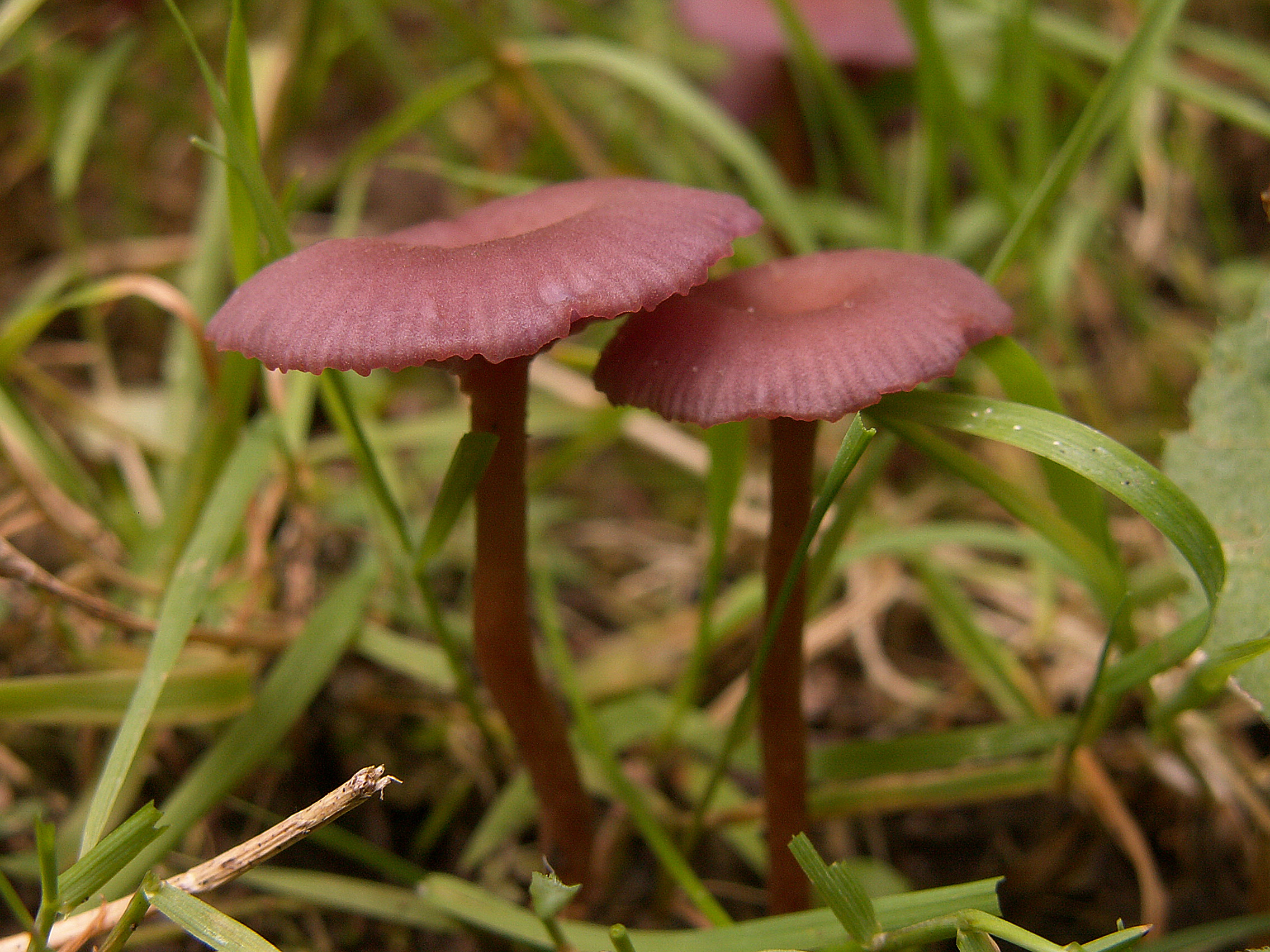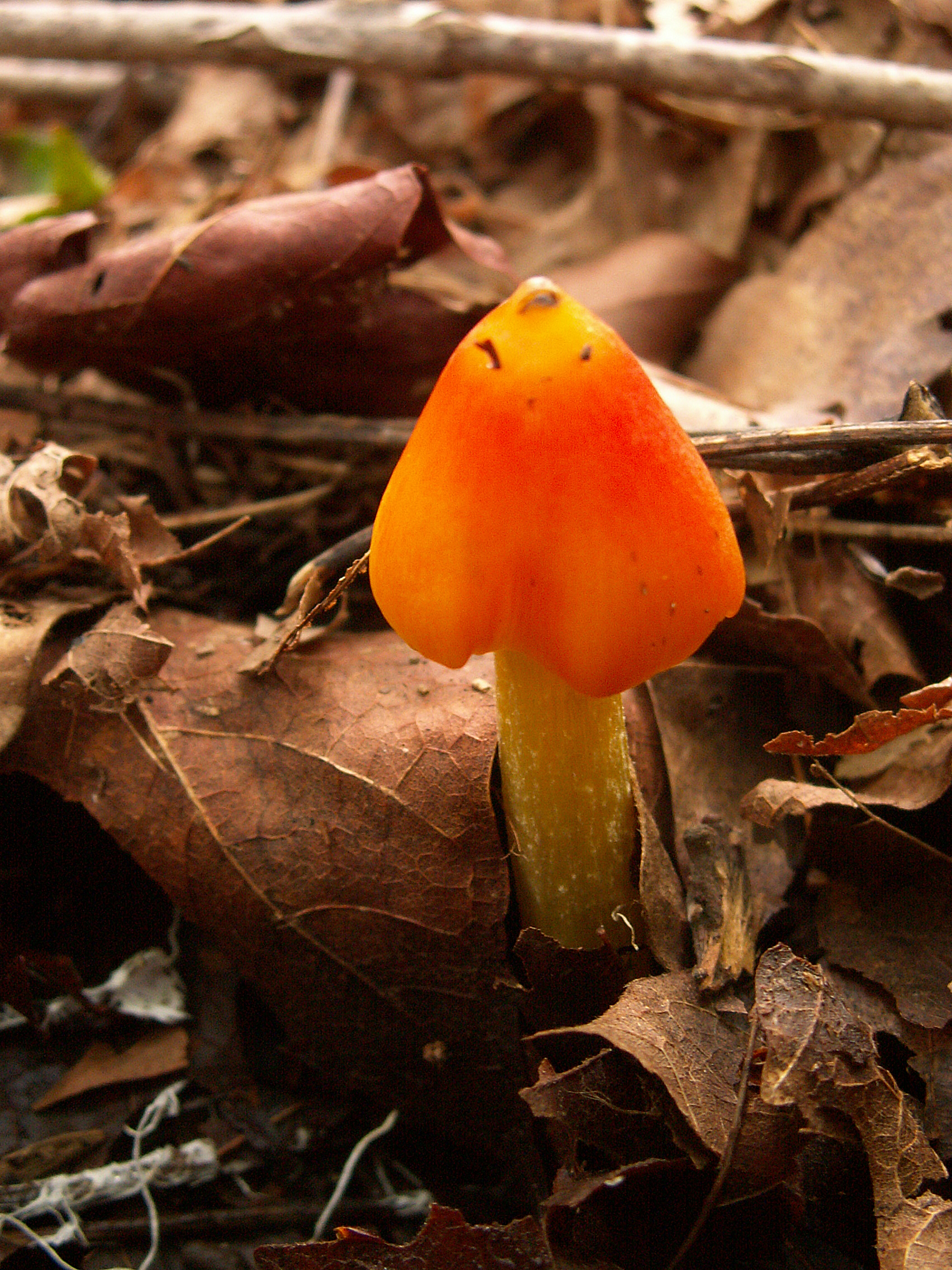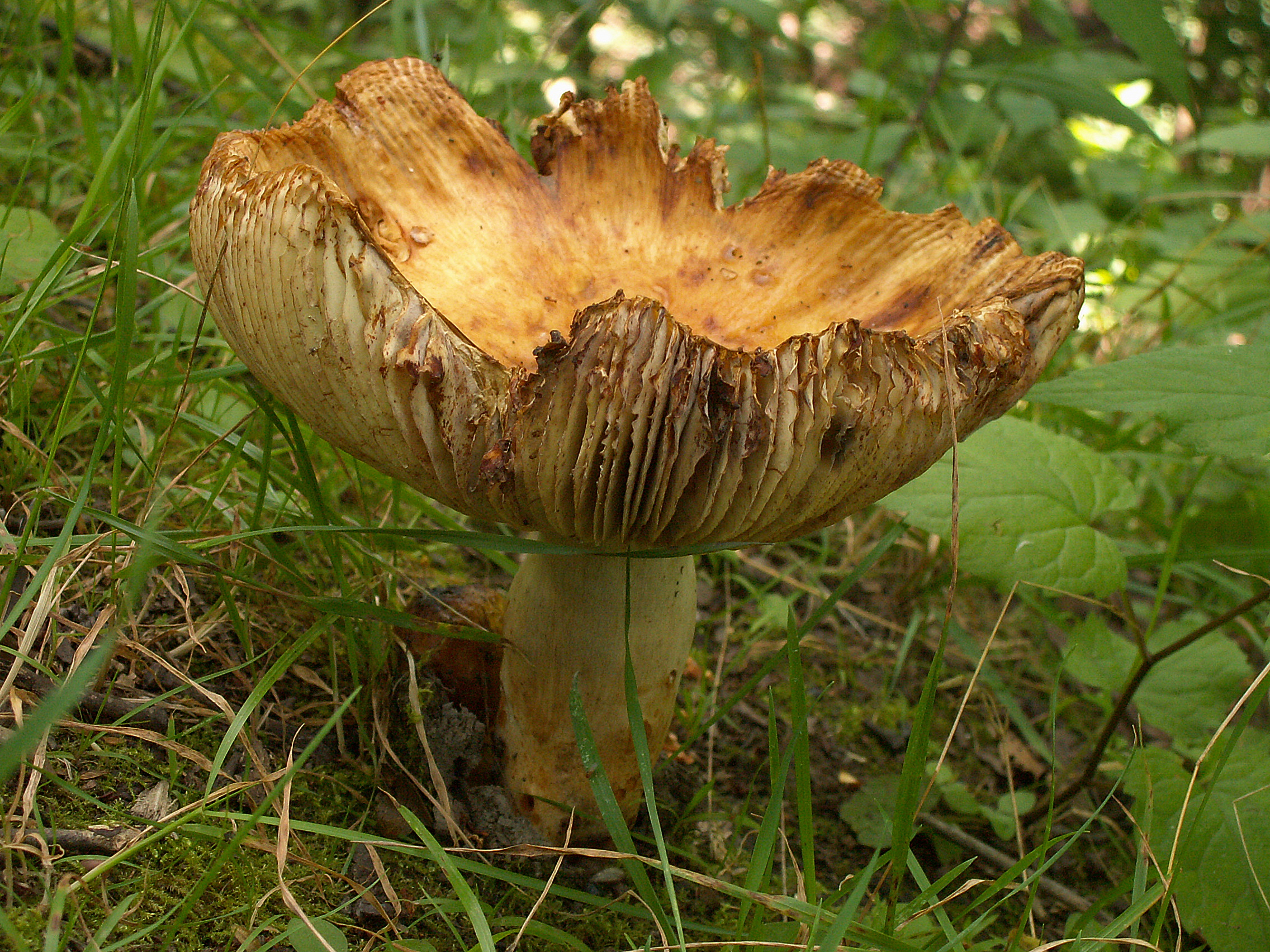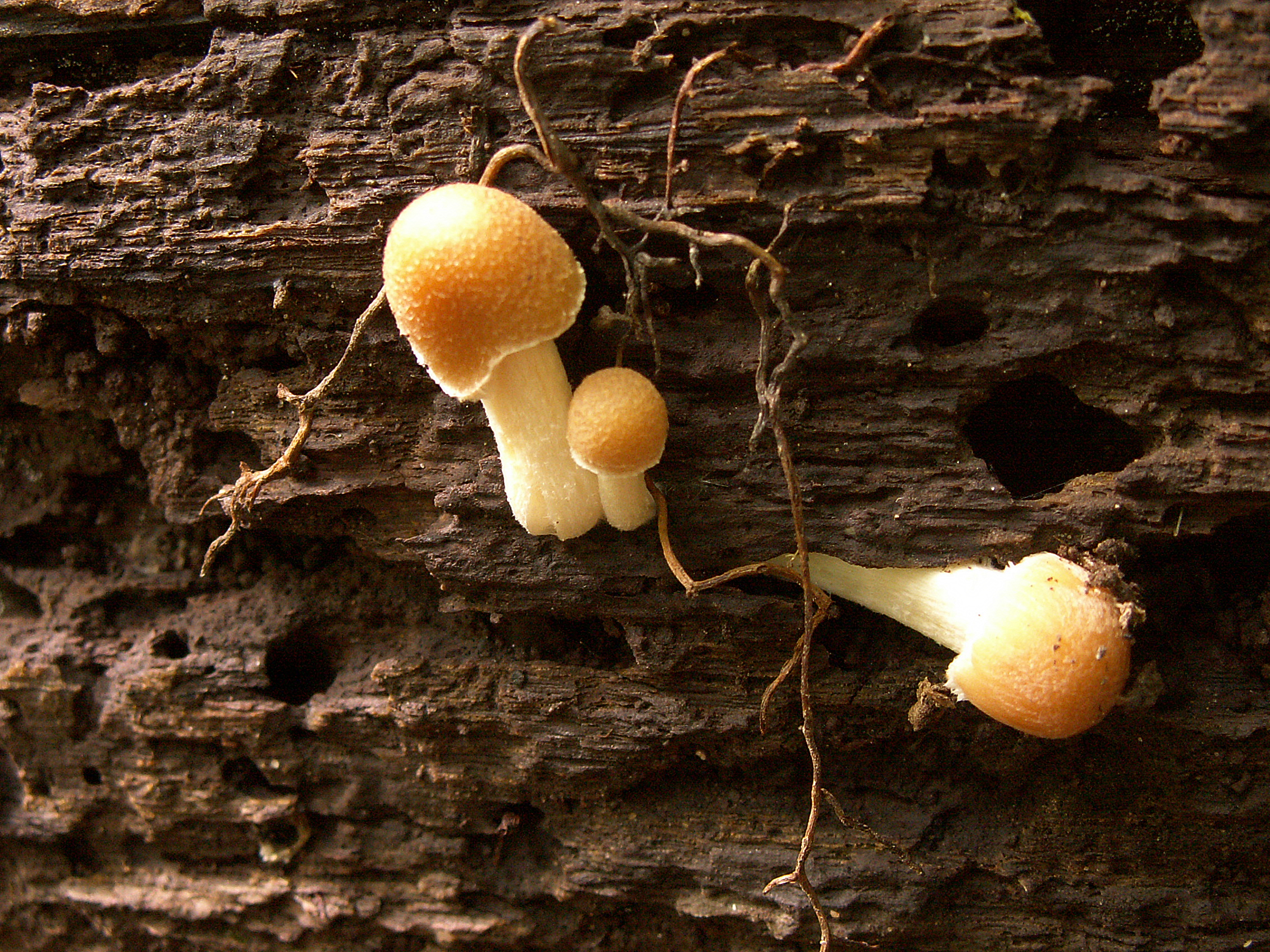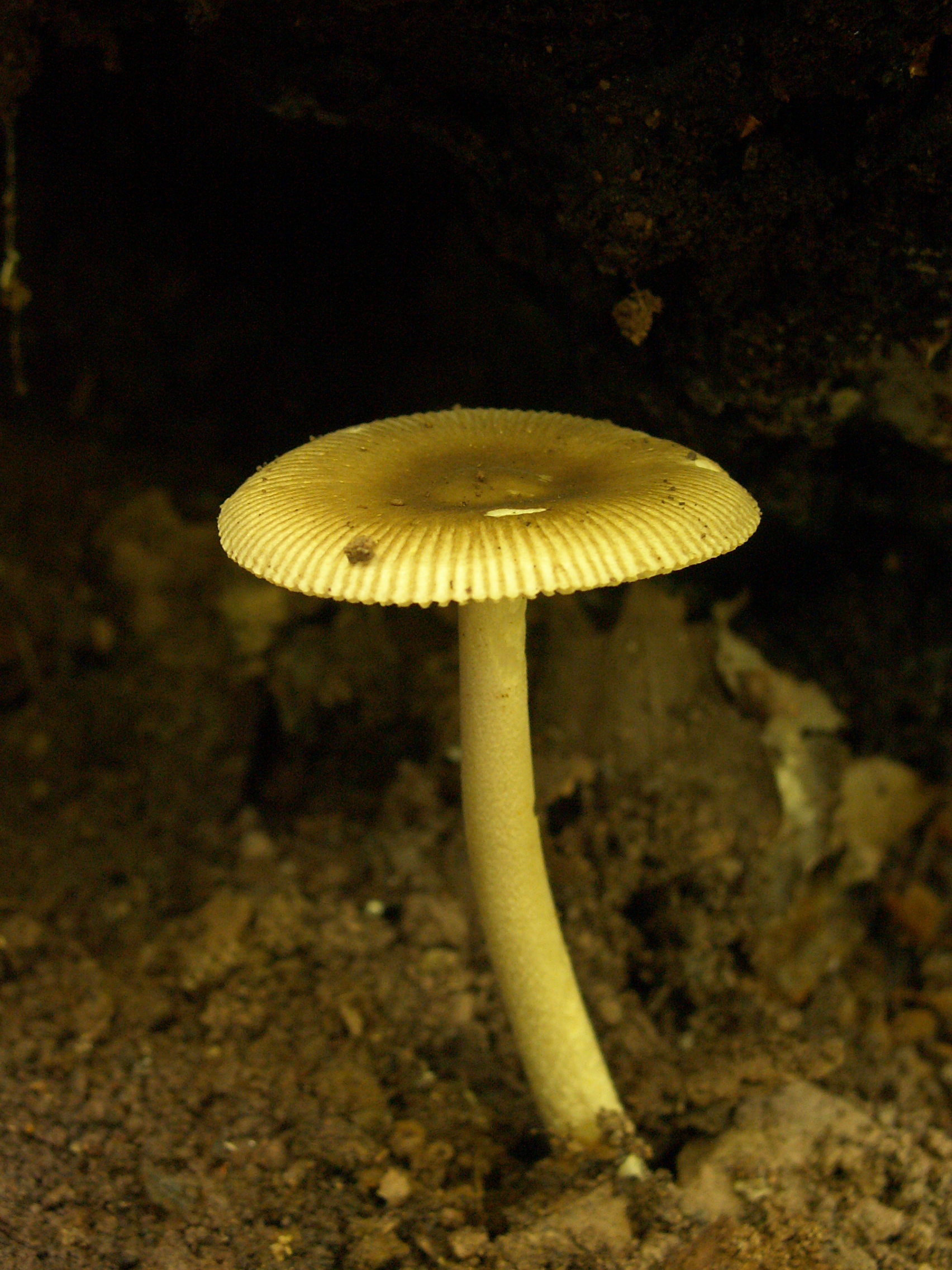An old school on the hill in West Homestead, seen in sunset light through the row of smokestacks left from the old Homestead Works.
-
Red Spider
Having constructed her web, a beautiful red spider sits and waits and thinks, “If only I had a book to read…”
Camera: Konica Minolta DiMAGE Z3.
-
Thompson’s Restaurant Building

Thompson’s was a Chicago restaurant chain that pioneered many of the ideas we associate with modern chain restaurants. It specialized in lunches for hurried businessmen. There were several in Pittsburgh in the early twentieth century; this one on Market Street just off the Diamond is beautifully restored.
-
Fountain and Gardens, Highland Park

The fountain and formal gardens in Highland Park, seen from the stairs to the reservoir. Beyond is the grand entrance to the park, with Giuseppe Moretti’s “Welcome” group.
Camera: Canon PowerShot S45.


-
Welcome Sculptures by Giuseppe Moretti at the Highland Avenue Entrance to Highland Park
One of Pittsburgh’s two most famous and most prolific sculptors (the other being Frank Vittor), Giuseppe Moretti decorated the entrances to Highland Park with extraordinary bronzes. Note that these two opposite figures are matching but entirely different: Moretti sculpted them from two different models and posed them differently, thus making literally twice as much work for himself as an ordinary sculptor would.
-
In the Two-Color Forest
Another experiment with limited color. Old Pa Pitt enjoys all kinds of photographic experiments, but in this case he has a particular reason for presenting this picture this way: it was a photograph that could not be easily rescued in full color.
You may see the original color photo below if you really want to see it. Father Pitt will draw back the curtain for a moment and reveal the insignificant man with the levers and switches.
In spite of much manipulation, including a gradient filter applied in the GIMP, the highlights are still bleached out completely, making it look like a picture from a cheap cell phone rather than Pa Pitt’s treasured Olympus E-20n.

Full-color image. The upper part was darkened with a gradient filter, but the highlights are still blasted into pure white. Reducing the saturation made it look more artificial without making it look more attractive.
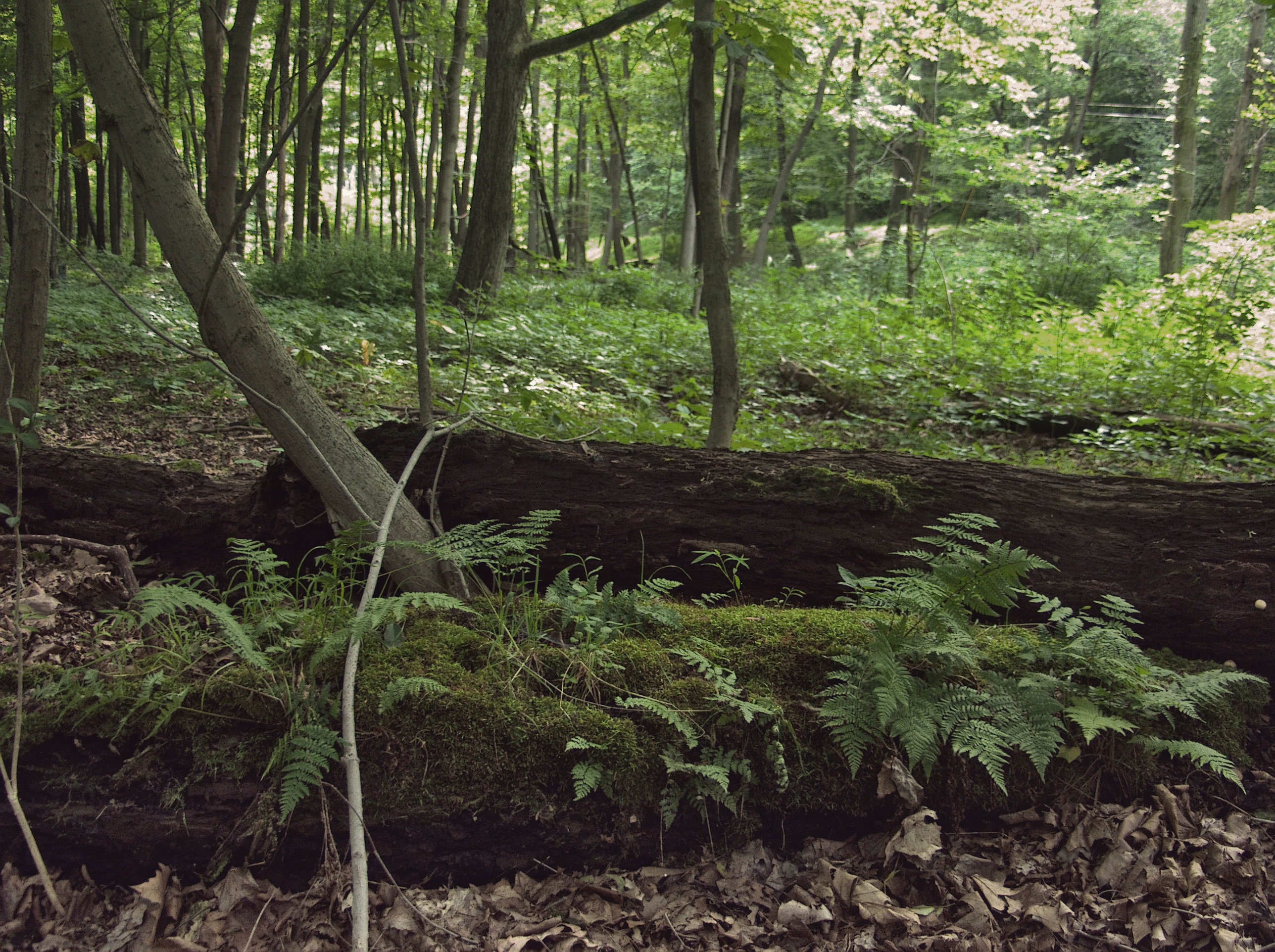
Reducing the saturation just made the picture look a bit unhealthy. But somehow imitation two-strip Technicolor made an attractive image. In the words of Michelangelo, go figure.
-
Three PNC Plaza

An architectural rendering of the first of the new wave of “green” skyscrapers in Pittsburgh. In spite of its modest dimensions, it was the largest building put up downtown in many years, and kicked off what will probably be remembered as the third downtown Renaissance.
-
Dragonfly
A dragonfly rests briefly before heading out on another hunting expedition.
Camera: Konica Minolta DiMAGE Z3.
-
Mushrooms from Here and There
Mushrooms come in all colors, shapes, and sizes, and old Pa Pitt’s visitors seem to enjoy looking at them. For his part, Father Pitt enjoys finding them, so here are a few more pictures.
Camera: Konica Minolta DiMAGE Z3.





